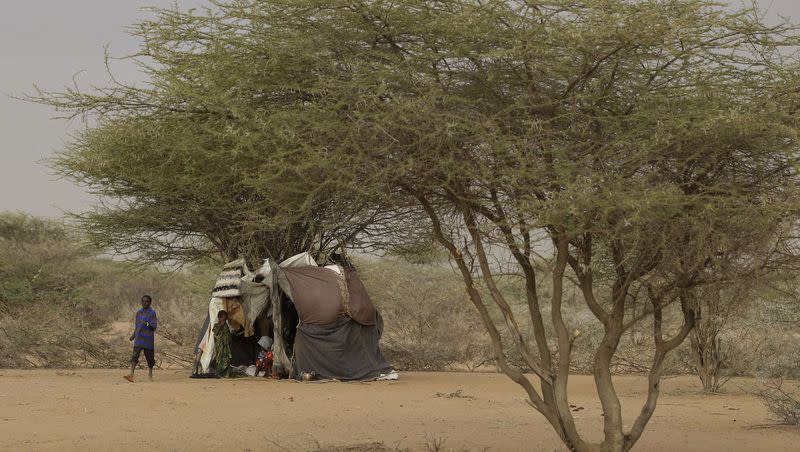Invasive ants took over the savanna in Kenya and even lions were affected

A new study explores a disruptive force in the delicate African ecosystem that holds consequences for even top predators like lions.
The big-headed ant, first recorded on the island of Mauritius, has been traveling the world as an invasive species, per The Atlantic, and is now complicating animal life in the African savannas.
Big-headed ants are taking over the trees
According to Scientific American, an important plant in the savanna ecosystem is the whistling-thorn tree. It’s a favorite snack for elephants and a preferred hiding spot for lions. It’s also the home to the native acacia ant.
The acacia ant has a symbiotic relationship with the whistling-thorn tree. The tree provides the acacia ants with shelter and food, and, in return, the ants protect the tree from elephants that want to eat it.
Now, acacia ants are getting killed off by the big-headed ants, as The Guardian reported. And when the invasive species takes over the tree, it does not provide protection like the acacia ant did. Without that protection, the whistling-thorn trees are getting eaten by elephants at an unprecedented rate.
Fewer trees mean fewer hiding spots
The study found that in areas with fewer trees, there were fewer zebra killings. Zebras are better able to escape lion attacks when, due to the work of the big-headed ants, lions have fewer places to hide.
In areas with more trees — where the native acacia ants still thrived — lions were able to kill more zebras than in areas where the big-headed ants lived, according to Forbes.
The Guardian reported that the study found that lions were able to kill three times more zebras in areas with more whistling-thorn trees. But scientists did not find that the overall lion population has gone down amid the rise of the invasive ants.
The ecosystem is adapting
According to Scientific American, the lions have been adapting to the change in environment. In areas where they’ve been unsuccessful in killing zebras, they have started hunting African buffalo.
Because they’ve studied lions and the savanna ecosystem for decades, scientists were able to put a few theories together of what else can develop alongside this change. One is that there is a chance lions will start forming larger prides to take down the buffalo, per Forbes.
While Africa’s ecosystems have been able to successfully adapt to these invaders, that isn’t the case for other ecosystems, according to Scientific American. Other places that have been invaded by the big-headed ant include the Hawaiian islands, Australia and the Pacific.
Todd Palmer from the University of Florida told The Guardian that, even with these positive adaptations, if “the invasion continues, more and more acacia trees will be lost. And because acacia trees are important food for many species, including rhinos and giraffes, these landscape-level changes could pretty drastically change the ecology of the area.”

